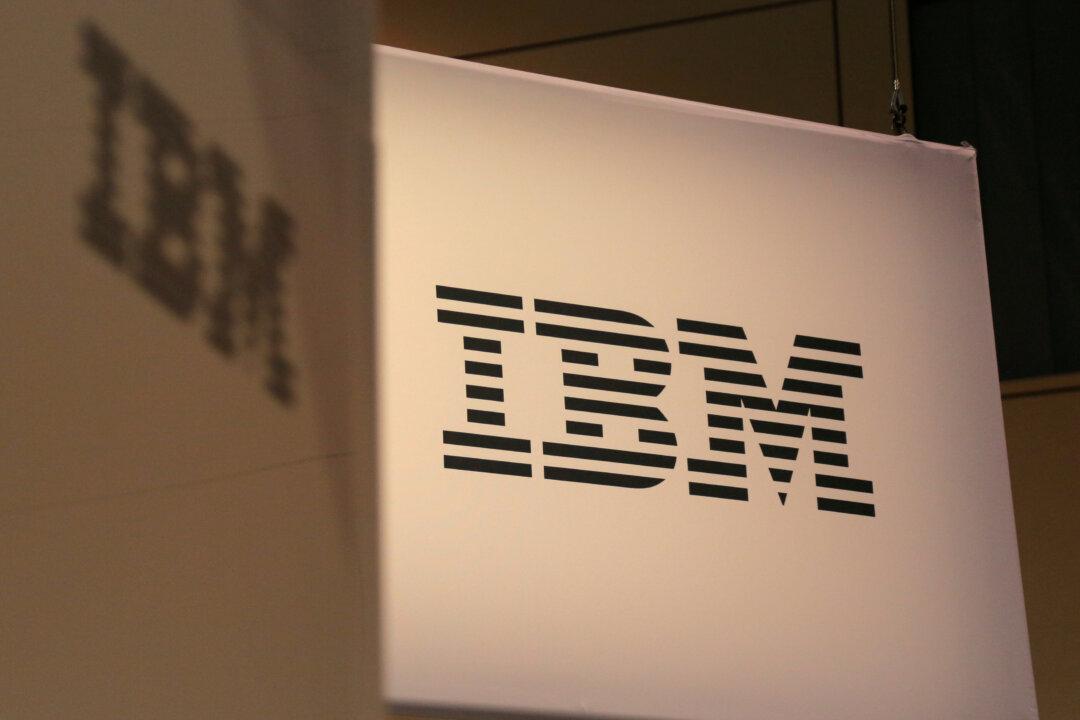The United States won the 2019 Top500 supercomputer speed crown and then banned American tech companies from assisting China that held the title from 2011 to 2018.
The IBM-built Summit OLCF-4 supercomputer installed at the Oak Ridge National Laboratory won this year’s Top500 award, with a LINPACK standard benchmark clocked speed of 143.5 petaflops (quadrillions of calculations) per second. The IBM built Sierra installed at Lawrence Livermore Labs came in second place, with a speed of 94.6 petaflops per second.





